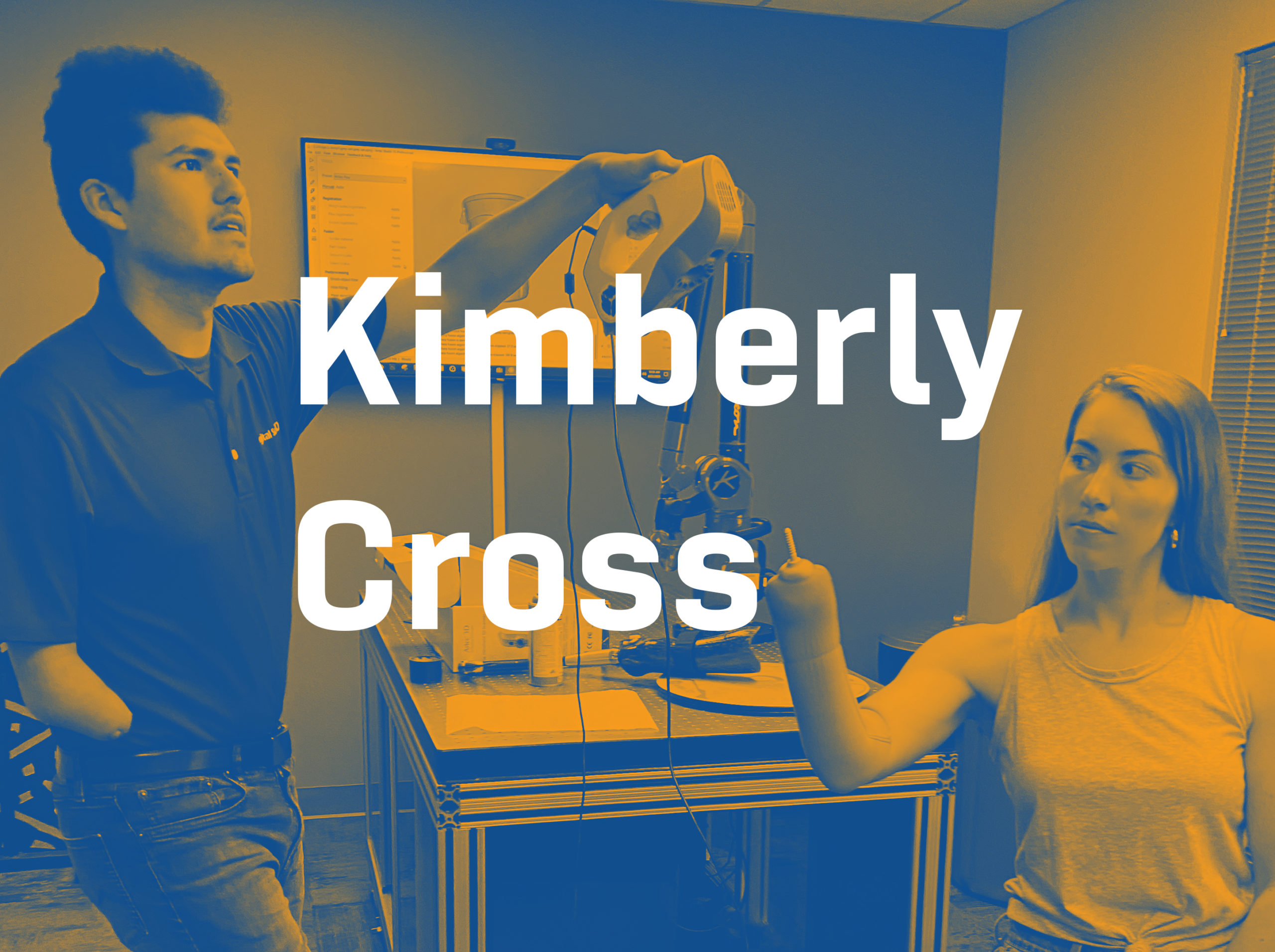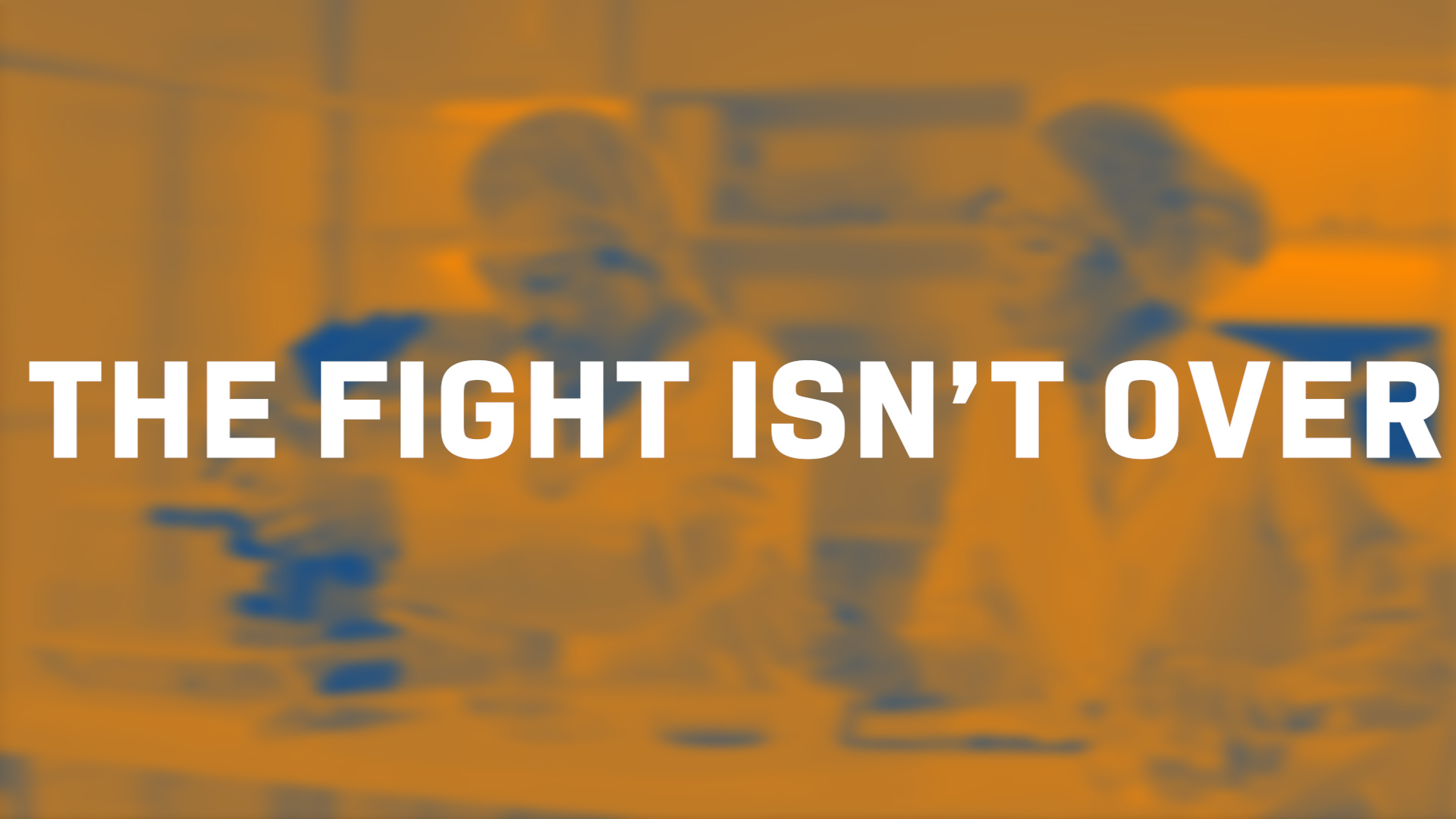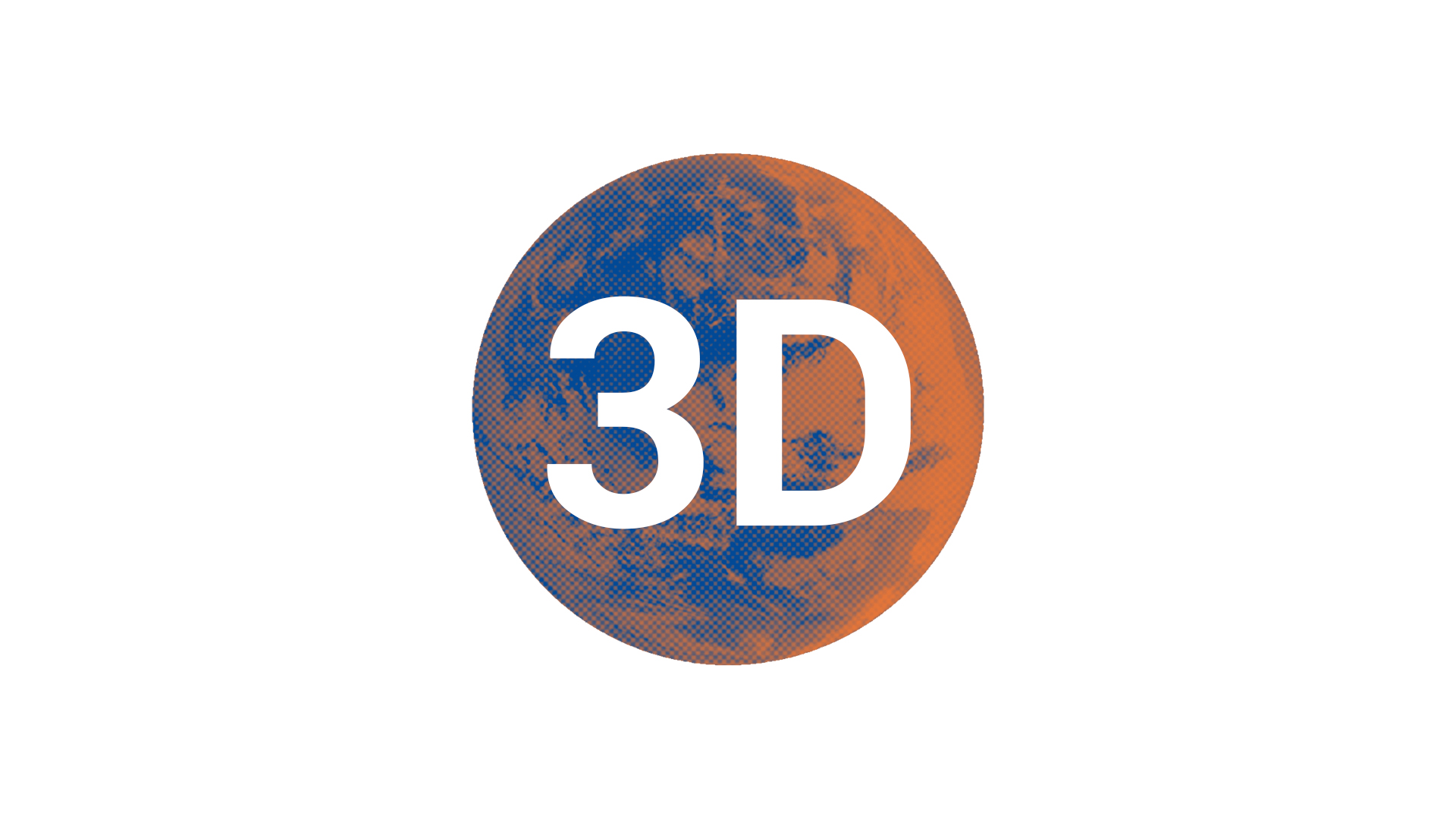In this article we will continue our exploration of digital 3D scanning within the medical industry with the focus on an inspiring real-world application. Recently, Digital Scan 3D had the pleasure to work with Kimberly Cross, a well know adventurer and mountain climber who happens to have a physical disability with her right arm. Not to be dissuaded from her outdoor passions, Kimberly sought to create a prosthetic that would be tailored to her climbing needs.
The process started with Kimberly’s visit to our office. Upon arrival it only took a few minutes for our specialists to scan her right arm, providing the necessary data to be used by the manufacturer of Kimberly’s new prosthetic device. I use the word “device” purposefully, as her prosthetic is custom made for her singular purpose of ice climbing. The scan itself only takes a few minutes, just enough time to ask Kimberly a few questions about her lifestyle and adventures.
DS3D: When did you start using a custom prosthetic for your climbing expeditions? What were some early hurtles?
Kimberly: I started working on making an early prototype in August of 2018, and put it to official use in January of 2019 on a ice waterfall in Provo, Utah. Some of the early hurdles included getting the liner to be exact to my wrist and palm/numbs where my thumb and pinky are partially developed.
DS3D: What was the process you went through before of producing a custom prosthetic specifically for climbing/mountaineering?
Kimberly: I watched a lot of ice climbing videos, paying attention to the mechanics. I also created a lot of drawings and brain storming of ways to keep it (the prosthetic) on safety, what material to use, and castings.
DS3D: What would you say is the highlight of your climbing career?
Kimberly: Getting to LEAD on WI3+ (water ice grade 3) and climbing alpine ice routes across Washington (Northwest Couloir of Eldorado last November) and water fall lines throughout Montana, Colorado, and Utah.
DS3D: When did you first hear of 3D scanning? And, how will 3D scanning help improve the process of producing future prosthetics?
Kimberly: I first became aware of 3D scanning and its applications when working with Shift Prosthetics during their start-up process. They introduced me to the technology. My intention is now is to use this technology and the accuracy it provides to engineer and create new and exciting lifestyle devices.
DS3D: What’s next for Kimberly Cross? Any big climbs on the horizon? Where can people go to keep up with your expeditions?
I just climbed the Kautz route on Rainier which has a few ice pitches that are AMAZING! I think I’m the first to use a prosthetic like this on that route. Next is the North Ridge of Baker. People can keep up with my adventures on Instagram – @Kimberbelle
Working with Kimberly was enjoyable and rewarding. We hope that you take the time to follow her on her Instagram @kimberelle, and be inspired by her adventures.




